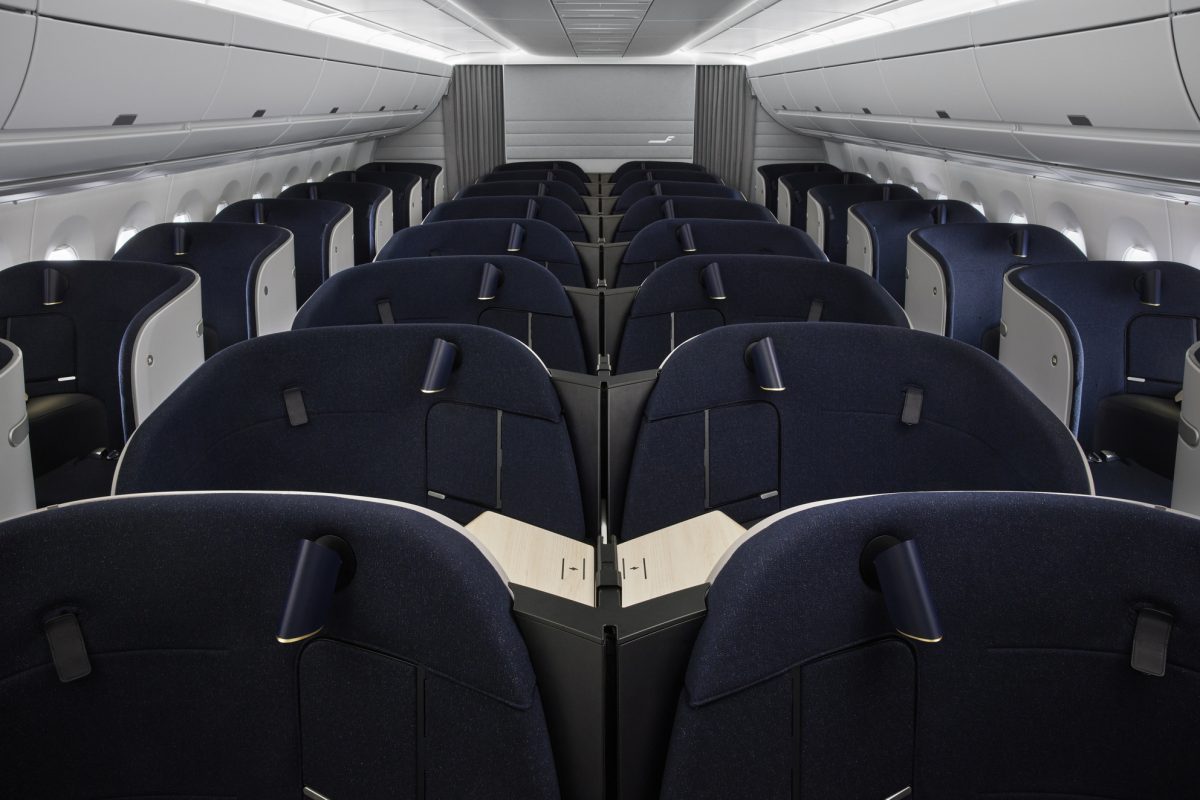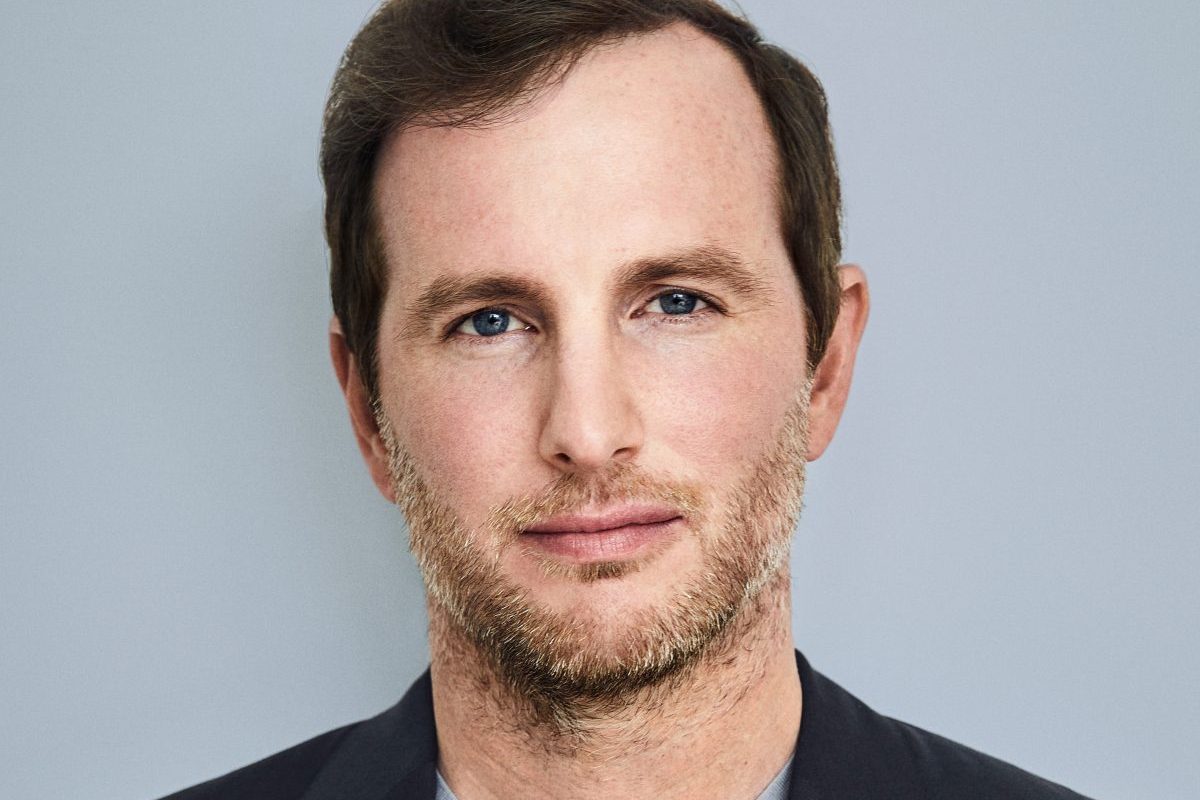Why Luxury Companies Need to Pay Attention to the Newly Wealthy

Skift Take
The year 2018 has been a good one for the luxury market, according to two new studies.
Bain & Company’s Luxury Study says the overall luxury market — encompassing both luxury goods and experiences — grew by 5 percent this year to an estimated $1.37 trillion globally. Meantime, Euromonitor International’s “Strategies to Win the High Net Worth Market” suggests massive growth in wealth in emerging and developing economies, which will have a strong impact on luxury spending over the next several years.
“Last year, we saw the global luxury market return to healthy growth, albeit at a more moderate pace than in the past,” said Bain’s Claudia D’Arpizio, the lead author of the first study. “That trend continues in 2018, reinforcing the ‘new normal’ we predicted, led by flourishing luxury demand from Chinese consumers, the continued rise of online channels, and increasing influence from younger generations of consumers.”
Travel is fueling that growth. In 2018, cruising has been the best performing luxury segment in real terms, with a growth rate of 7 percent. The report suggests that expedition cruising, in particular, is the star of the seas. Meantime, luxury hospitality is up 5 percent, as high-end hotels are “evolving into social venues in-sync with the city” in which they are located.
While the Bain report provides plenty of other statistics on luxury spending, the information it provides on the patterns of the youngest luxury consumers is likely to be of the greatest assistance to travel companies looking to develop post-millennial products.
“It is becoming increasingly more difficult for luxury brands to deny the influence of younger generations. Younger generations are the key drivers of changes in the industry, forcing brands to evolve and innovate. In 2018, Generations Y (the millennials) and Z contributed 100 percent to total luxury market growth, compared with 85 percent in 2017," D’Arpizio and co-author Federica Levato said.
"Generation Z and millennials will represent approximately 55 percent of the 2025 market and will contribute 130 percent of market growth over the period.”
Members of Generation Z, currently in their teens or early twenties, are already showing traits that vary from their millennial forebears. Bain found the youngest luxury shoppers are more individualist and less brand loyal (even though they love a good logo.) As the generation ages, brands will be forced to evolve and innovate across product offerings, communications channels and media strategies.
“All signs point to significant changes afoot for luxury brands over the next several years,” said D’Arpizio. “They can weather these disruptions by keeping in mind three key strategies: be proactive in developing approaches to serve new customers and address market trends; be distinctive in designing a winning formula; and be next-gen minded. The underpinning of all of these strategies is the emergence of new technologies, which will play a crucial role as a fundamental enabler for brands through 2025.”
Meantime, Euromonitor's white paper focuses on the global wealth landscape and the spending habits of high net worth individuals (HNWIs). It defines a HNWI as someone with more than five million dollars in assets. Given that definition, the United States accounts for more than half of the world’s HNWIs. France, China, the United Kingdom and Canada round out the top five.
While Euromonitor’s numbers on this front vary considerably from those we have seen in other studies, the consistent reporting is in the growth of the sector, particularly in emerging and developing economies. Within that segment, according to the report, nearly half the growth will come from China.
Even as it expands, the HNWI market is small in relative numbers. However, the report suggests that the brands and businesses that target it strategically can become highly profitable.
It starts with focusing on the newly wealthy. This group “travels regularly and extensively. These behaviors and characteristics of the newly wealthy means they are generally big spenders, willing to try new products and services and are arguably the most important target market for brands and businesses seeking to win over high net worth consumers.”
In order to attract the newly-rich, the report suggests several strategies for marketers. They include offering “money can’t buy” services and experiences; product personalization; and being authentic. Nothing new there, although it is instructive to note that author An Hodgson actually defines authenticity, rather than merely throwing it out as a buzzword.
To the high net worth consumer, “the most authentic brands may not be the biggest or most well-known, but those that are distinctive and special through the authentic way they deliver true luxury.” Hodgson then homes in on specific traits required to be an authentic brand. They include transparency, quality, integrity, consistency, reliability, uniqueness, passion and social responsibility.
Finally, the white paper suggests that embracing the healthy living trend is one key avenue to the heart of big spenders: “More than any other consumer group, high net worth consumers adopt a more holistic view and approach to health and wellness beyond just physical health to include their mental and spiritual well-being.” Businesses that increase their appeal to HNWIs by offering a range of wellness opportunities will be better off for the effort.




